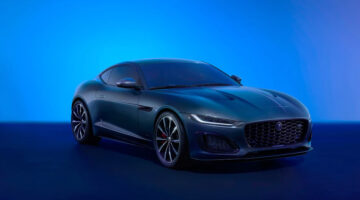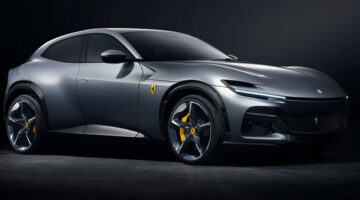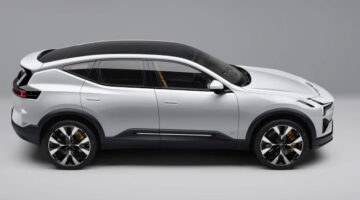Big update for Jaguar’s SUV includes new six-cylinder Ingenium powertrains
Jaguar has revealed a heavily updated version of its F-Pace SUV, introducing new powertrains, a fresh interior and the firm’s latest tech. While the F-Pace wasn’t quite the shot in the arm to Jag’s finances many hoped it would be, it has still consistently been Jaguar’s strongest seller, which is why the firm has seen fit to invest so heavily in its re-invigoration.
This invigoration starts under the bonnet, where the engine range has been completely reformed with a widespread application of mild and plug-in hybrid hardware to both some existing and new engines. There are now six different powertrain options, split into three petrol and three diesel, with all but the entry-level petrol fitted with some form of hybridisation.
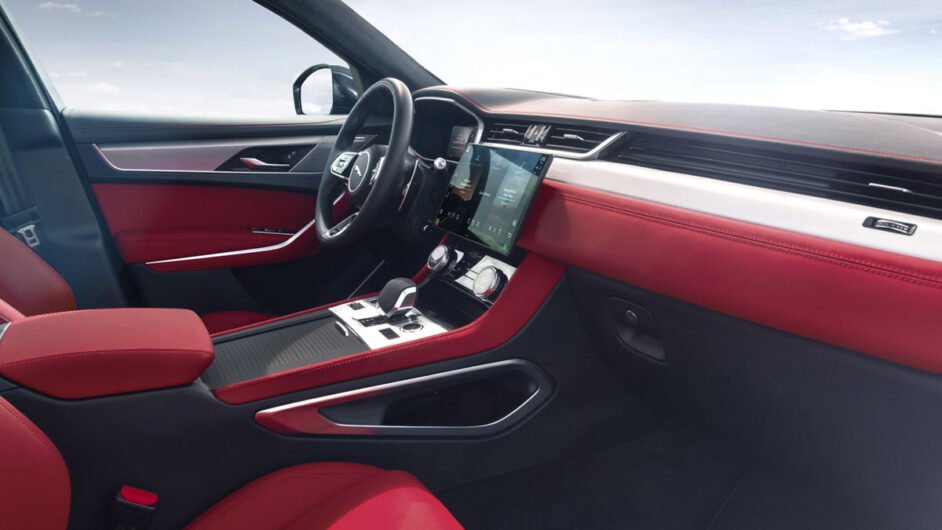
Two four-cylinder mild-hybrid diesel models kick off the range with 163bhp and 201bhp, but new for the F-Pace is JLR’s latest in-line six-cylinder diesel with a sturdy 296bhp and 480lb ft. There are then three petrol models, starting with the four-cylinder P250, and followed by the P400 and P400e plug-in hybrid.
The P400 utilises a 394bhp in-line six-cylinder petrol engine with a mild-hybrid assistance system, while the P400e features JLR’s 394bhp plug-in hybrid set-up that combines a turbocharged four-cylinder petrol engine with an electric motor and 17.1kWh battery pack. The reasonable size of the battery pack allows for a 53-kilometre EV range according to the WLTP cycle, and a combined L/100km rating of 2.17, although as with all plug-in hybrids this figure will vary widely depending on usage habits and access to a plug-in point. In performance terms, the P400e plug-in is actually the fastest F-Pace, reaching 100kph in 5sec dead, 0.1sec ahead of the petrol in-line six.
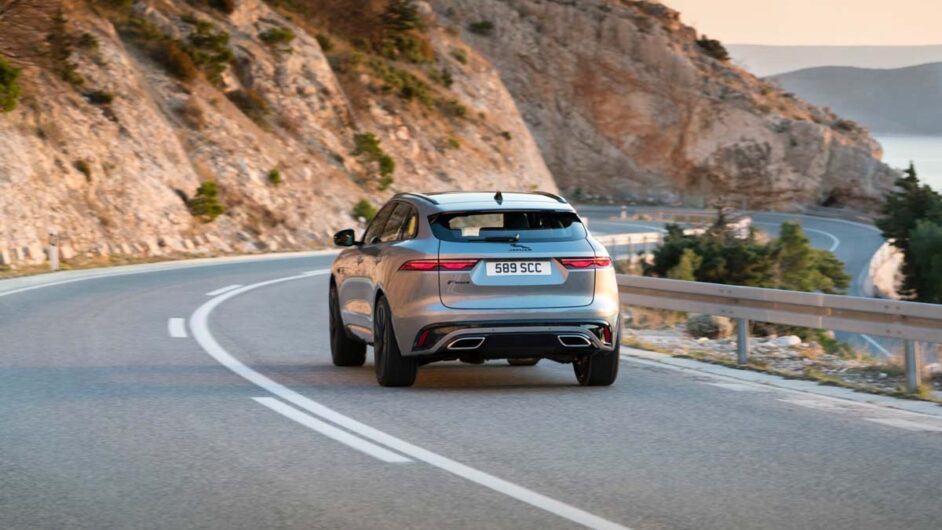
All powertrains are connected to an eight-speed ZF automatic transmission, with engineers having worked extensively on improving the calibration between the engine, transmission and standard-fit all-wheel drive system. All six-cylinder, plug-in hybrid and HSE models are fitted with three-way adaptive dampers on steel coil springs as standard, with lesser models making do with a passive set-up – there is no air-suspension option despite it being prolific in the class.
Something that prospective customers will notice right away is the all-new interior, which unusually for a mid-cycle update has been totally revised. The new layout has been designed specifically to fit JLR’s new Pivi Pro infotainment system, which is displayed on a new 11.4-inch touchscreen that sits proud of the dash rather than being integrated into it like before.
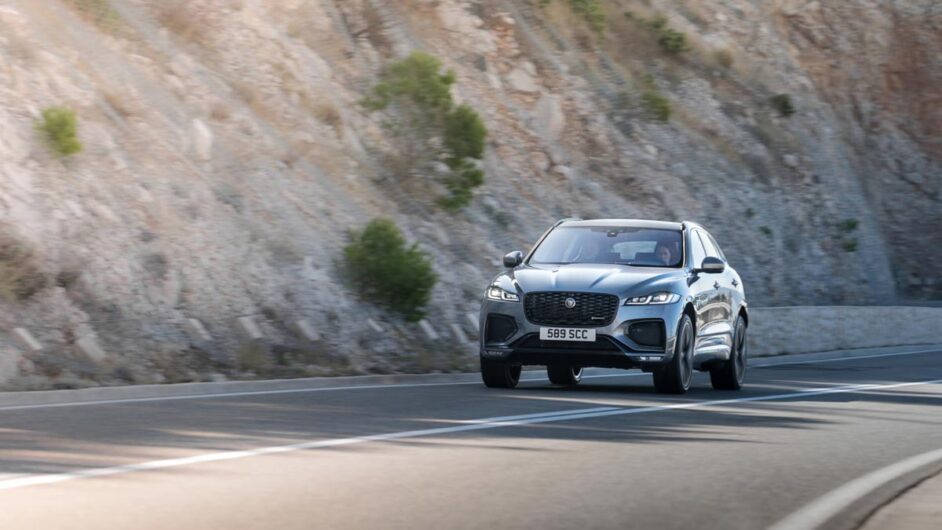
As well as improving the interface, Jaguar has paid particular attention to the quality of materials and the physical controls. The design team has focused on specific elements such as the door cards and interior touchpoints to finally make the F-Pace feel more premium inside than the original, which had a somewhat underwhelming cabin.
The exterior design has been given a milder update, but new elements including fresh LED lighting, updated wheels and a new bonnet keep the aesthetic sharp. An SVR model will return soon with similar updates to the interior and exterior design, and will likely hold on to its supercharged V8 engine.
Prices are also mostly unchanged, starting at $52,382 for the most basic D165 SE and rising to $83,317 for the top-level P400 R-Dynamic HSE; the plug-in hybrid is within a few hundred pounds of the six-cylinder petrol model spec-for-spec. The new F-Pace is available for pre-order now, reaching customers over the next couple of months.
This article originally appeared at evo.co.uk
Copyright © evo UK, Dennis Publishing


